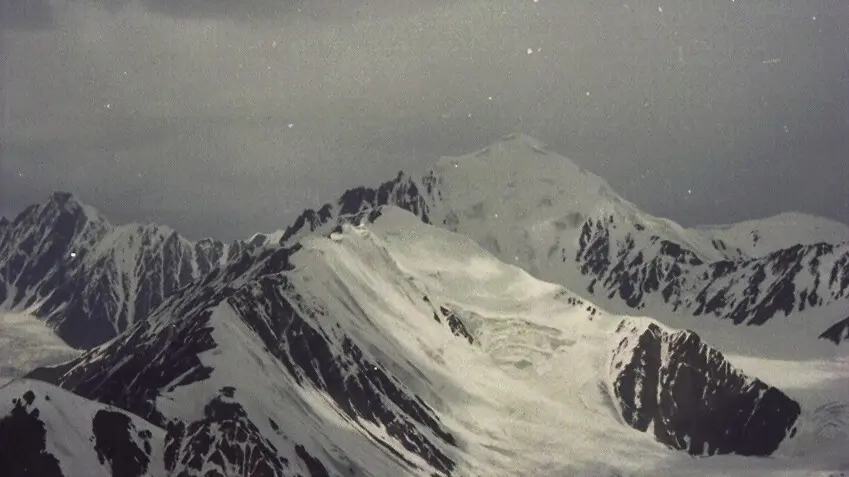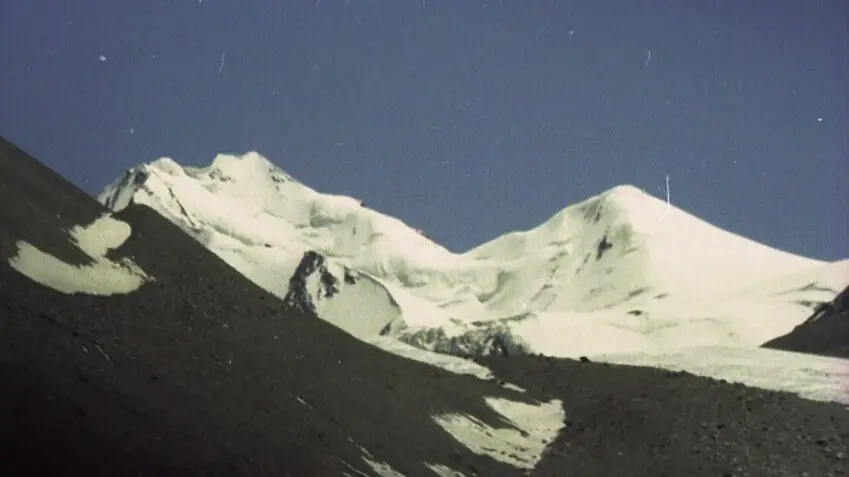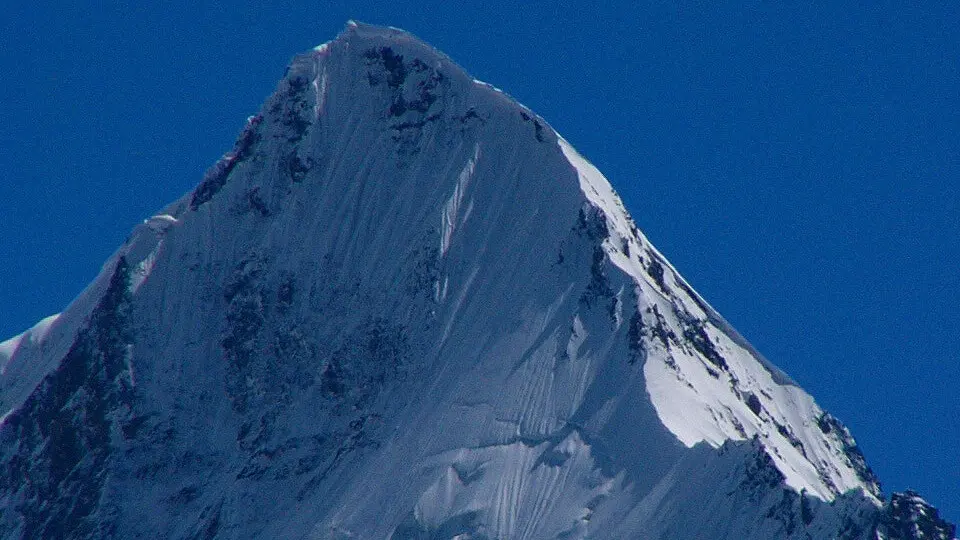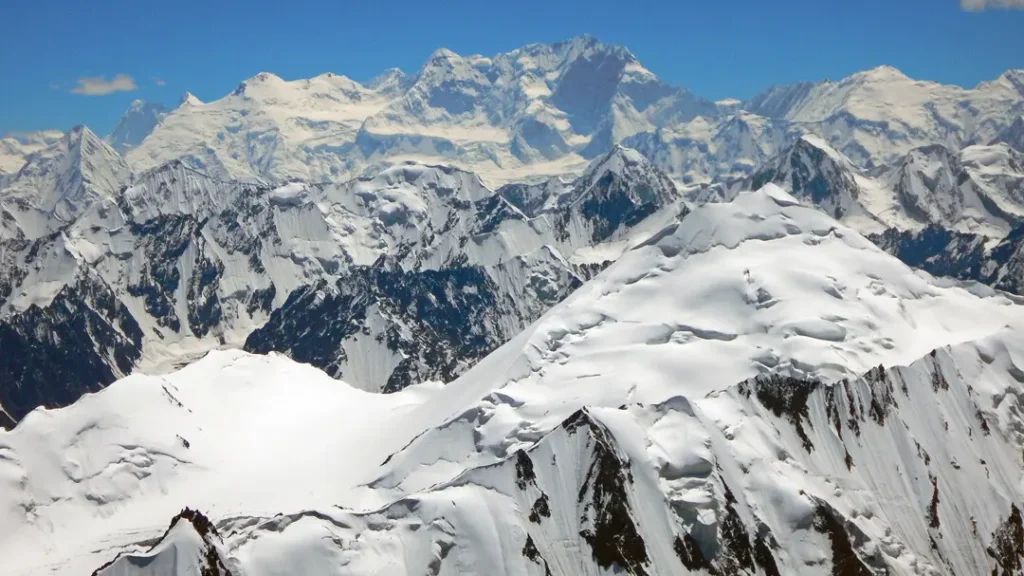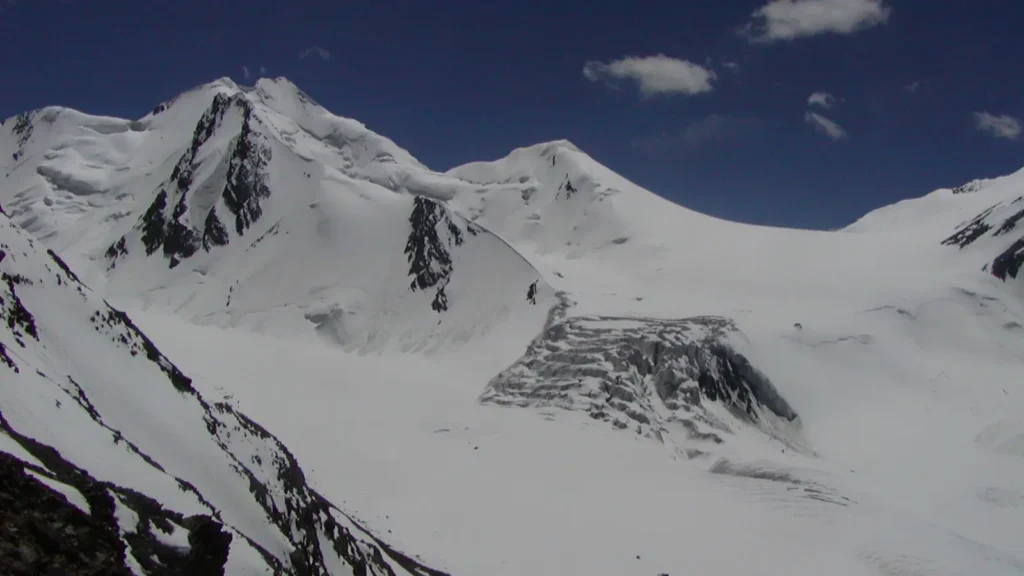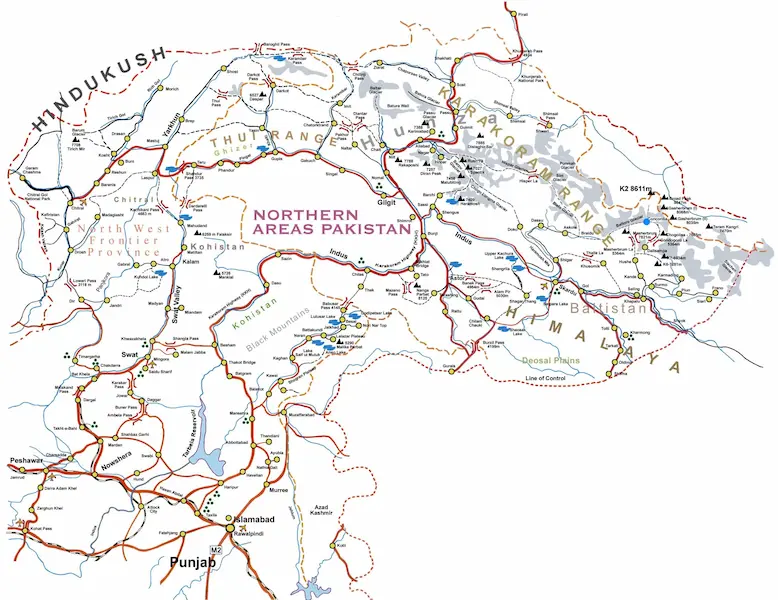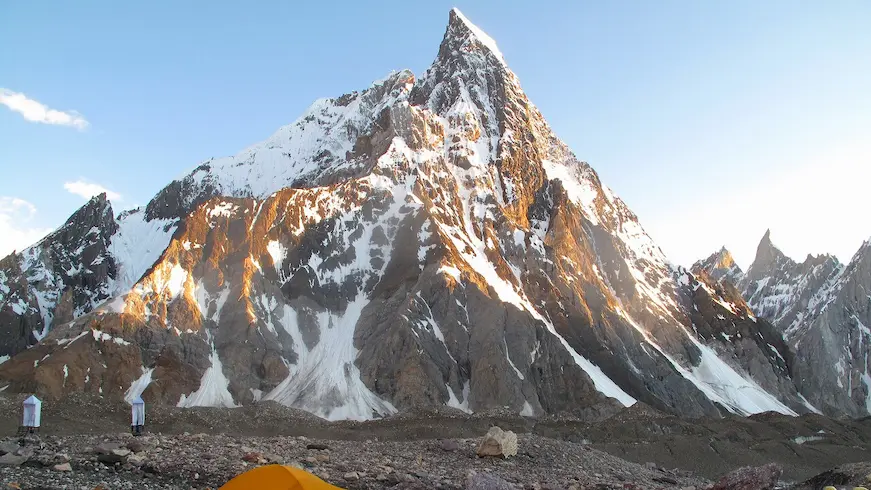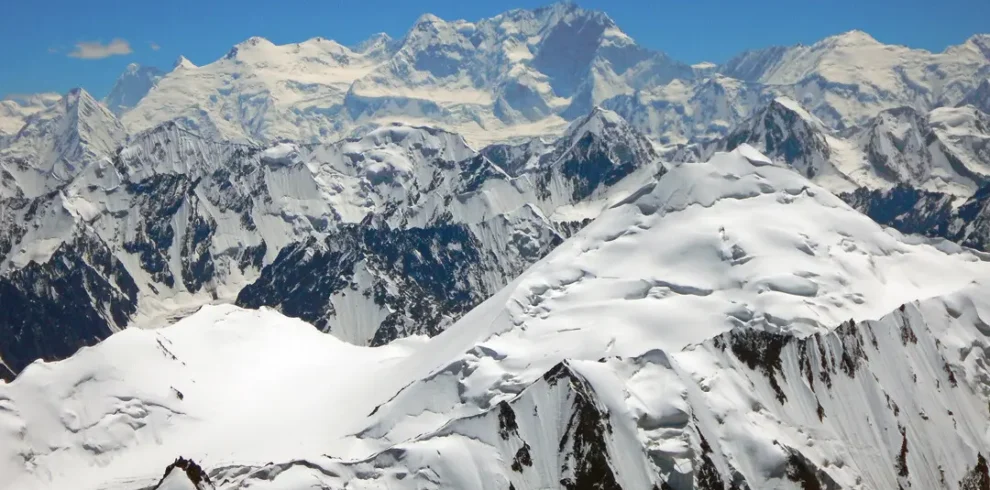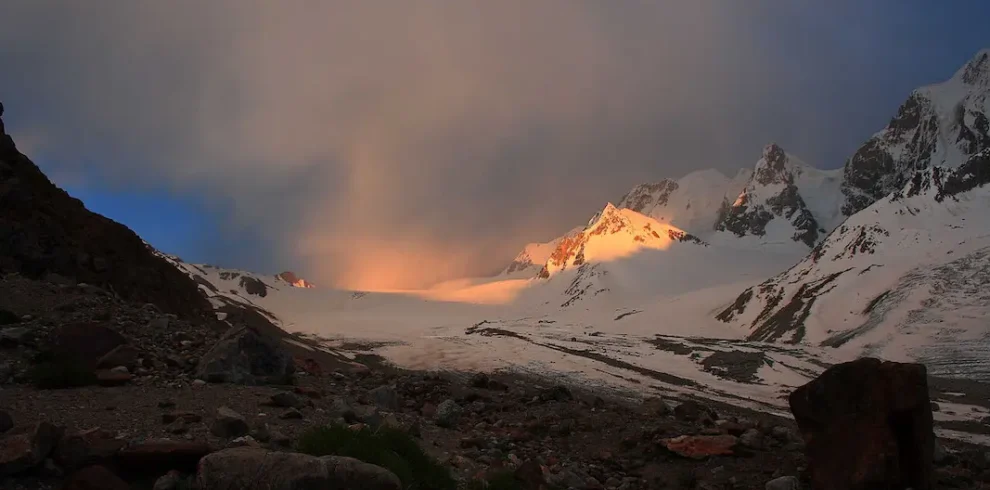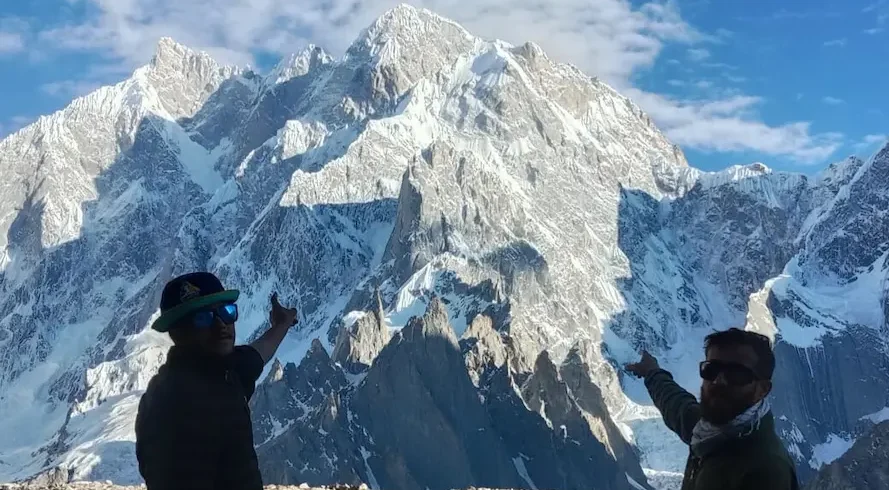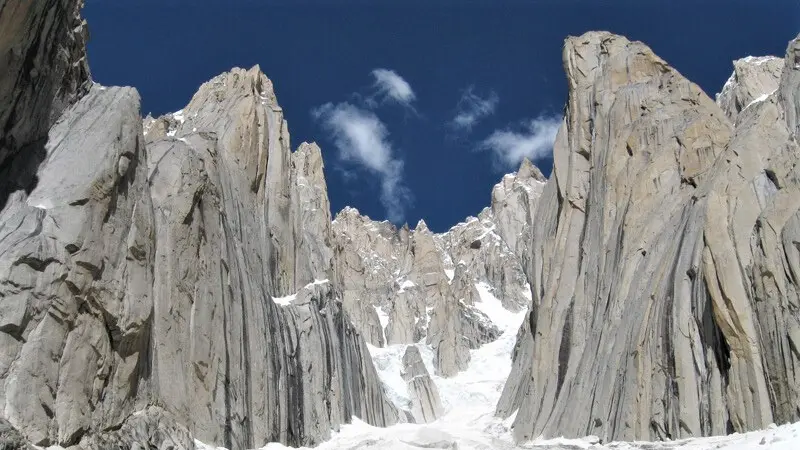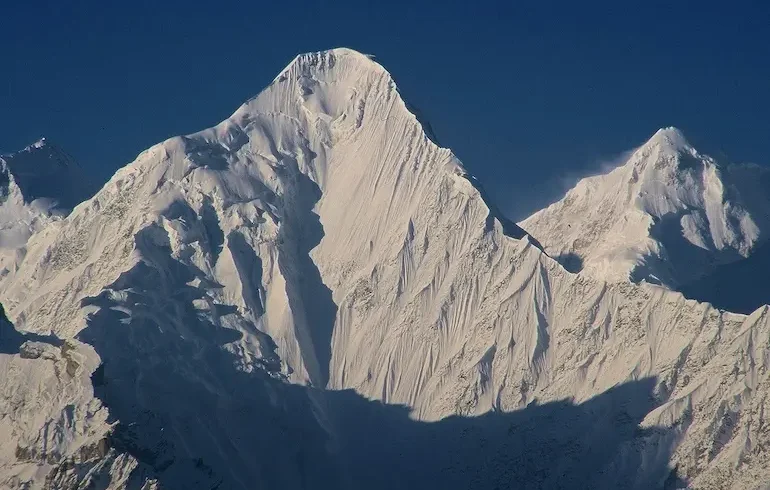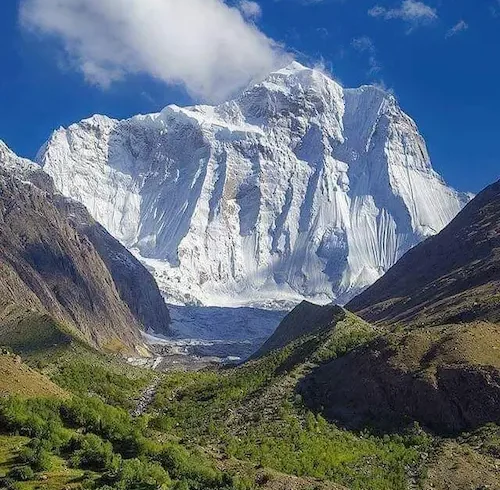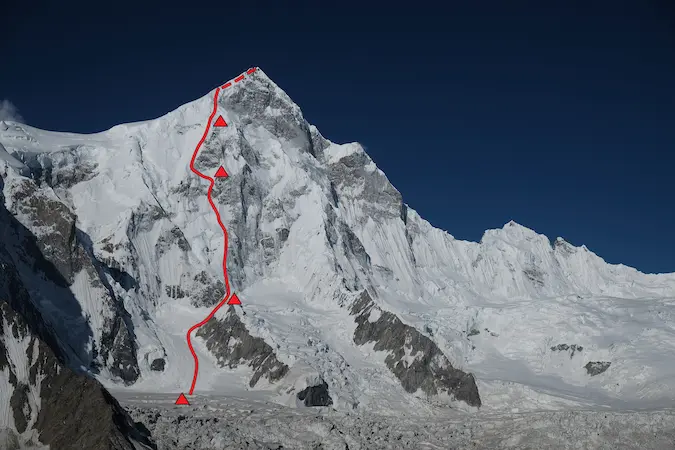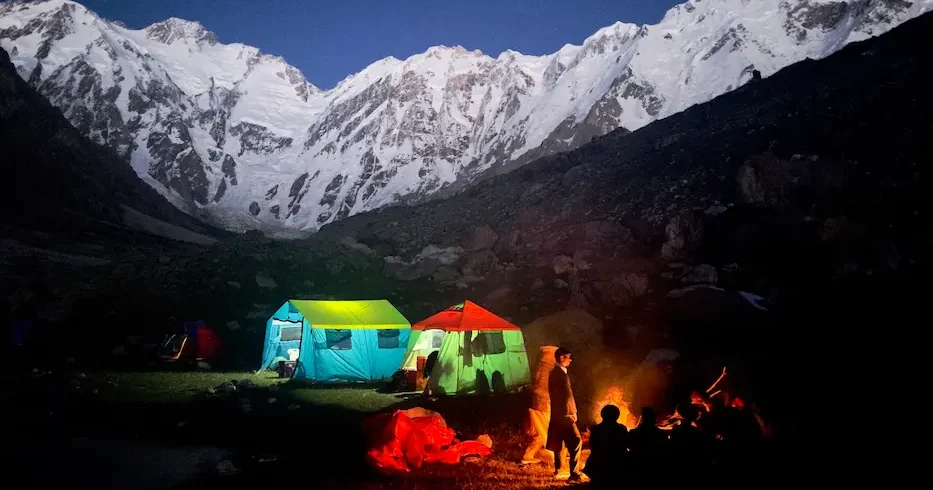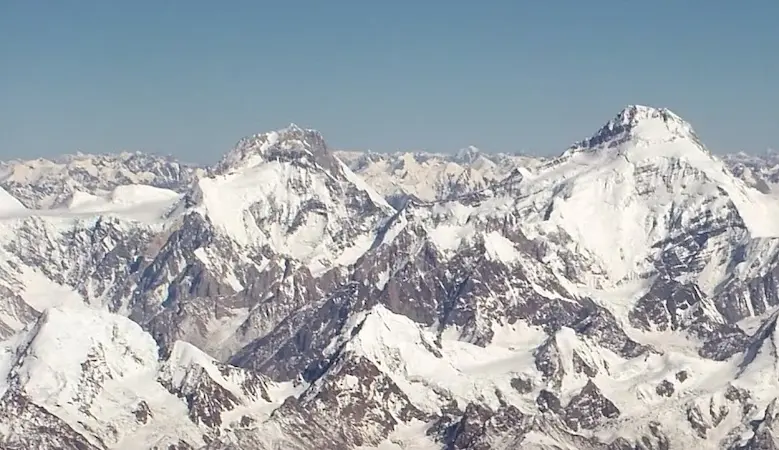-
2-3 stars hotels (in some places best available)
-
Islamabad
-
Islamabad
-
Guided
-
English
-
Breakfast, lunch and dinner (normally included)
-
Yes
-
Car or Van/ grand Cabin 13 seats or Coaster/minibus, 21seats (4x 4 classical jeeps)
-
18
-
75
Climbing in Khunjerab Pass, Pakistan
Climbing in Koksil Valley, near the Khunjerab Pass on the Pakistan-China border, presents a remote and demanding alpine adventure in the heart of the Karakoram Range. With elevations surpassing 4,000 meters and peaks rising above 6,000 meters, the valley boasts a rugged landscape of snow-draped summits, expansive glaciers, and untouched alpine meadows—ideal for mountaineers seeking solitude far from commercial routes.
To reach Koksil Valley, take the Karakoram Highway to Sost, then drive briefly and trek 3–4 hours to Base Camp. As part of Khunjerab National Park, the area requires an entry permit and NOC from local authorities. Peaks under 6,500 meters require no climbing permit, but those above do. The best seasons are spring and autumn, with skiing possible in April and May. However, winter travel is dangerous due to extreme cold and deep snow. Koksil Valley remains a remote treasure for those seeking a true alpine adventure.
Climbing the kuksil valley, Pakistan
It’s also a rare and raw experience. The region is not as crowded as well as, Everest Base Camp or the Alps. Yet it offers a special kind of thrill—one that blends peace, nature, and altitude. The pass is located at 4,693 meters above sea level. That makes it one of the highest paved border crossings in the world. You can feel the power of the mountains the moment you arrive.
However, the area is not only scenic but also adventurous. While there are no sharp vertical climbs like K2, the Khunjerab region offers alpine routes, glacier walks, and remote ridgelines. These are perfect for those who want to test their limits in silence, far from crowds. Climbers can enjoy high-altitude hiking, snow-covered valleys, and clean mountain air.
Where Is Khunjerab Pass Located?
Khunjerab Pass is in the Gilgit-Baltistan region of northern Pakistan. It lies on the famous Karakoram Highway, connecting Pakistan with China. The nearest major town is Sost, just 87 km away. As well as, from there, it takes about two hours to reach the top of the pass by road.
For example, you don’t need to hike for days to reach the start point. Meanwhile, the road itself is a wonder, climbing high through deep valleys and glacier-fed rivers. But even with easy access, this pass offers a true climbing atmosphere. It’s also located inside the Khunjerab National Park, so climbers get a mix of wildlife, nature, and alpine thrills.
Why Choose Climbing in Pakistan?
There are many reasons to choose this area over more famous trekking peaks in Pakistan. Also, one key reason is the remoteness. For example, even in peak season, it’s not crowded. That means more silence, more space, and more personal connection with nature. Another benefit is the altitude. With climbs beginning above 4,000 meters, this is a great place for acclimatization. Climbers preparing for K2 or Broad Peak often use this region for training. It’s also safer and less technical than other high-altitude zones. That makes it good for intermediate climbers or strong beginners.
Best Time to Climb Khunjerab Pass
The best time for a Khunjerab climbing tour is from June to September. This is when the snow melts, and the skies are mostly clear. Also, daytime temperatures range from 5°C to 15°C. At night, it can get cold, often below freezing. So climbers must prepare well.
Also, in May and October, short climbs are still possible, but the risk of snow or bad weather rises. Winter is too dangerous due to deep snow and road closures. Always check with the Gilgit-Baltistan tourism office before planning your trip.
Trekking vs. Climbing in Khunjerab
Trekking in Khunjerab involves walking on trails and moderate slopes. It’s great for beginners and nature lovers. You don’t need ropes or climbing gear. For example, popular trekking trails go near lakes and ridges, offering amazing views. Climbing here means going higher, sometimes without a clear trail. You may need crampons or ice axes. Though there are no 7,000-meter giants here, climbs of around 5,000 meters are possible. This makes Khunjerab Pass unique: high, raw, yet accessible.
Higlights
- High-Altitude Adventure: At over 4,700 meters, Khunjerab Pass offers challenging climbs in one of the highest paved border crossings on Earth.
- Stunning Border Landscape: Also, climb amidst dramatic views of the Karakoram range, snowfields, and glacial streams near the Pakistan-China border.
- Wildlife Encounters: Spot rare species like the Marco Polo sheep, Himalayan ibex, and snow leopards within Khunjerab National Park.
- Gateway to Unique Peaks: Use Khunjerab as a base to access unexplored and unnamed peaks under 6,500 meters that require no formal permits.

